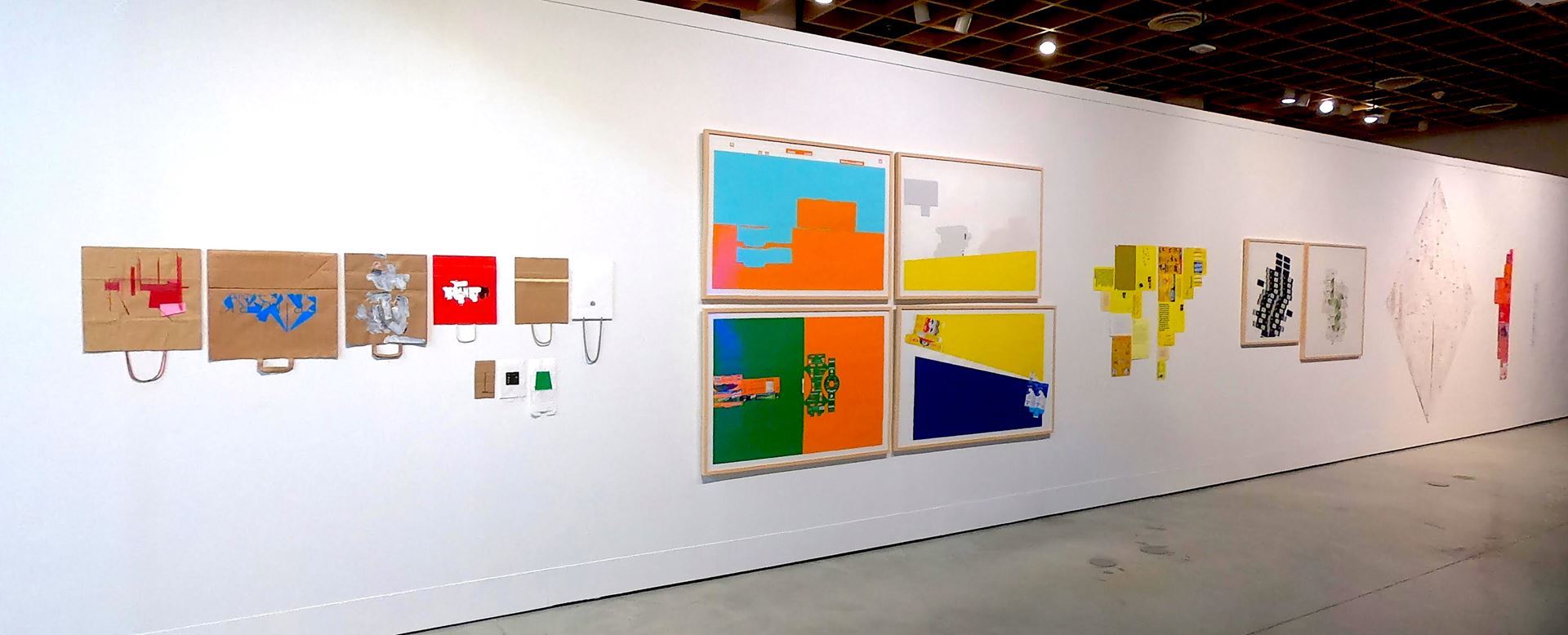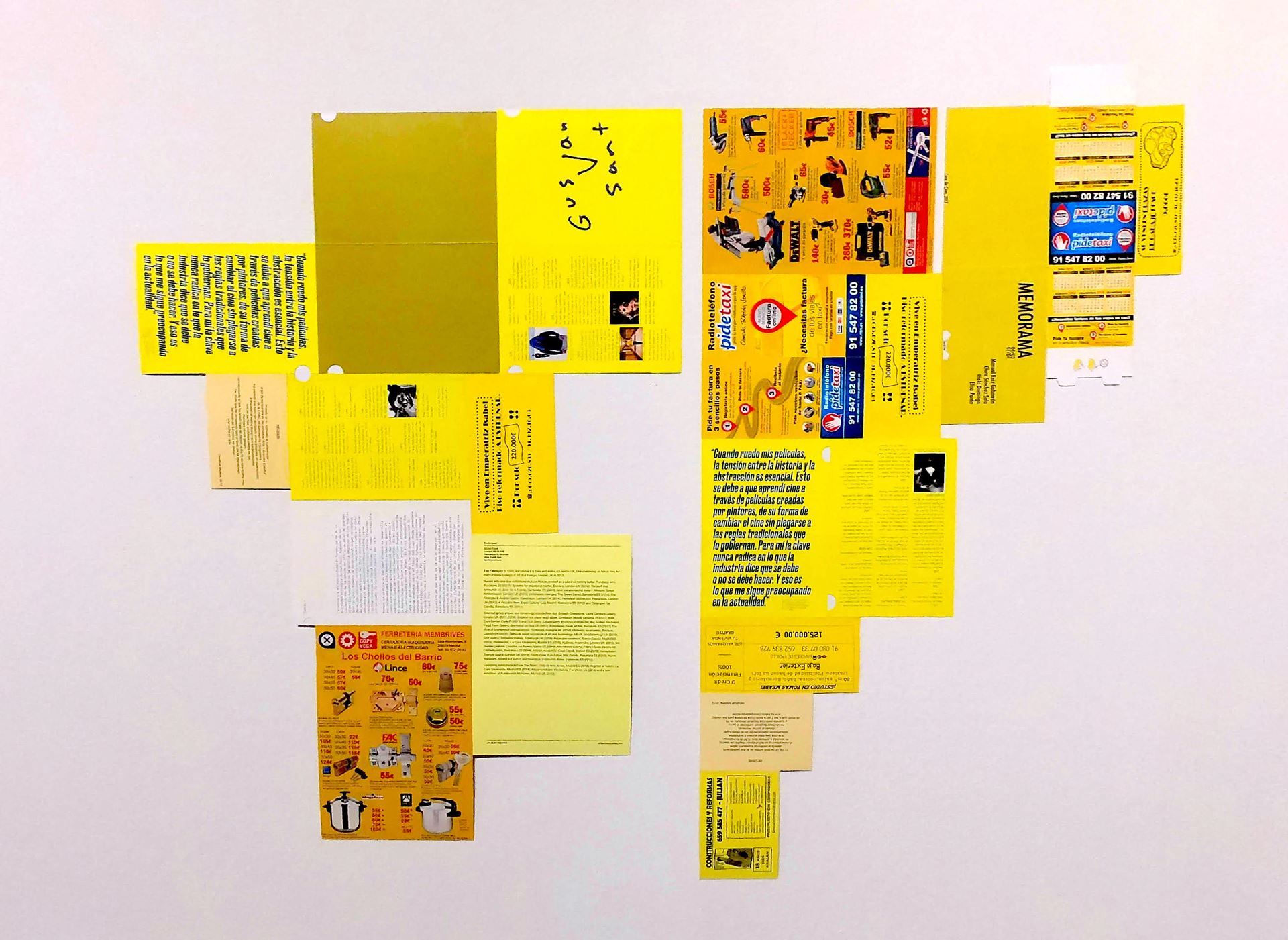
Interior view of Museo de Arte de Puerto Rico, San Juan, Puerto Rico
Signals of Nowadays on view at the Museo de Arte Puerto Rico is a striking reminder of how environmental art is deeply rooted in the social as well as the ecological. Included in the exhibition are three Puerto Rican artists who inhabit the beautiful island of Puerto Rico and who have been dramatically affected by environmental devastation on multiple fronts—through "current social, economic and ecological deterioration," states curator Juan Carlos Lopez Quintero. Today, island residents share stories over mofongo about where they were last month when the earthquakes seemed to hit each week. While nearby in an incredible four story building with marble floors and stained glass windows, and an awe-striking sculpture garden, artists Coco Valencia, Abdiel Segarra and Vanessa Rivera were invited last fall to reflect on the effects of the global environmental crisis.

Simulacro by Coco Valencia
Facing the viewer at the back quarter of the gallery is a collection of seemingly identical dark shapes, like a swarm of large insects hung from dark strings. These shapes create clusters surrounding a largely empty center, as if they were collectively circling a prey. This is the work of Coco Valencia entitled Simulacro that confronts the viewer with a series of derogatory phrases such as Puerca (female pig), Pata (paw), and Latrine (toilet), that are shot out of the mouths of gun-shaped skulls like flares. The skulls and flares are painted in black on cardboard and the words are fueled by fire in bright reds, oranges and yellows. This work reflects on the fiery spirits that brought a corrupt governor to his knees last summer. It is discrimination that often keeps those who are in need, in the position of submission. Simulacro speaks loudly and in combat with those systems of oppression. A stark reminder that the ecological crisis is a result of socially dysfunctional human-made systems, which have left many Puerto Ricans without aid in the face of environmental devastation.

things about that unbreakable (and unstoppable) consumption pattern by Abdiel Segarra
In an eerie confrontation of consumer habits: on the left hand wall of the exhibition is a series of pieces entitled “things about that unbreakable (and unstoppable) consumption pattern” by Abdiel Segarra. The viewer finds a colorful array of geometric forms that reveal, upon closer inspection, that these are color-categorized materials that range from receipts to newsprint, to Adidas labels, or "material destined to be discarded," states curator Quintero. There are undertones of constructivist and minimalist forms in this work that play against each other in an array of carefully organized consumer materials. A subtle pair of triangles together in a diamond shape have tones of grey and faded red from the receipts that they are made up of. Their organized forms reveal this perpetuating pattern of consumption that underlies the habitualized social elements of the environmental waste crisis.
 detail by Abdiel Segarra
detail by Abdiel Segarra
The most literal ecological work in the exhibition is that of internationally recognized mosaic artist, Vanessa Rivera. Rivera presents an installation of four hanging orbs, oracle like with dangling tentacles of cloth, including a mosaic and textile backdrop that presents a glowing blue entrance way. It's simultaneously glistening, yet rugged, reflecting the surrounding area of the museum where new buildings are met with deterioration from environmental damage. The work resonates with the theme of groundwater, both as a lifeforce and a resource. The figures and mosaic doorway bring to question the crackled future, the elegance of the past, and the deteriorating present. In the meanwhile, people on the island are still struggling to find clean water to drink, and are told there will be more earthquakes to come over the next year or more. The new normal for the strong spirited Puerto Ricans, despite the damage in the end.

Acuifero III by Vanessa Rivera
The exhibition closes February 16, 2020.
Olivia Ann Carye Hallstein is a Cambridge, MA based artist/writer and ecoartspace member who recently made a visit to Puerto Rico.